
Bai Duong is located in the northwest of Hon Bay Canh - the second largest island in the Con Dao archipelago, after Con Son Island. Hon Bay Canh is about 8 km away from the main island by sea and is usually accessed by boat from Con Son pier.

The way to the top of Hon Ba.
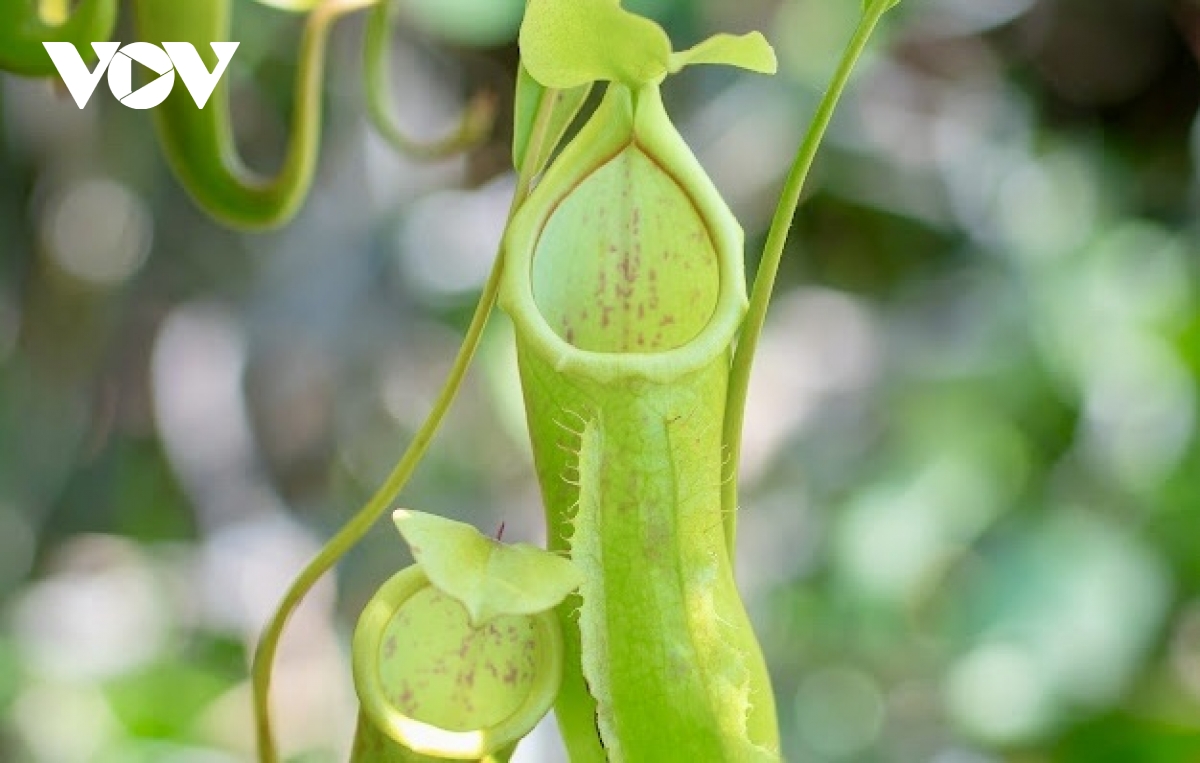
Green plant ecosystem covers the road to the top of Hon Ba.
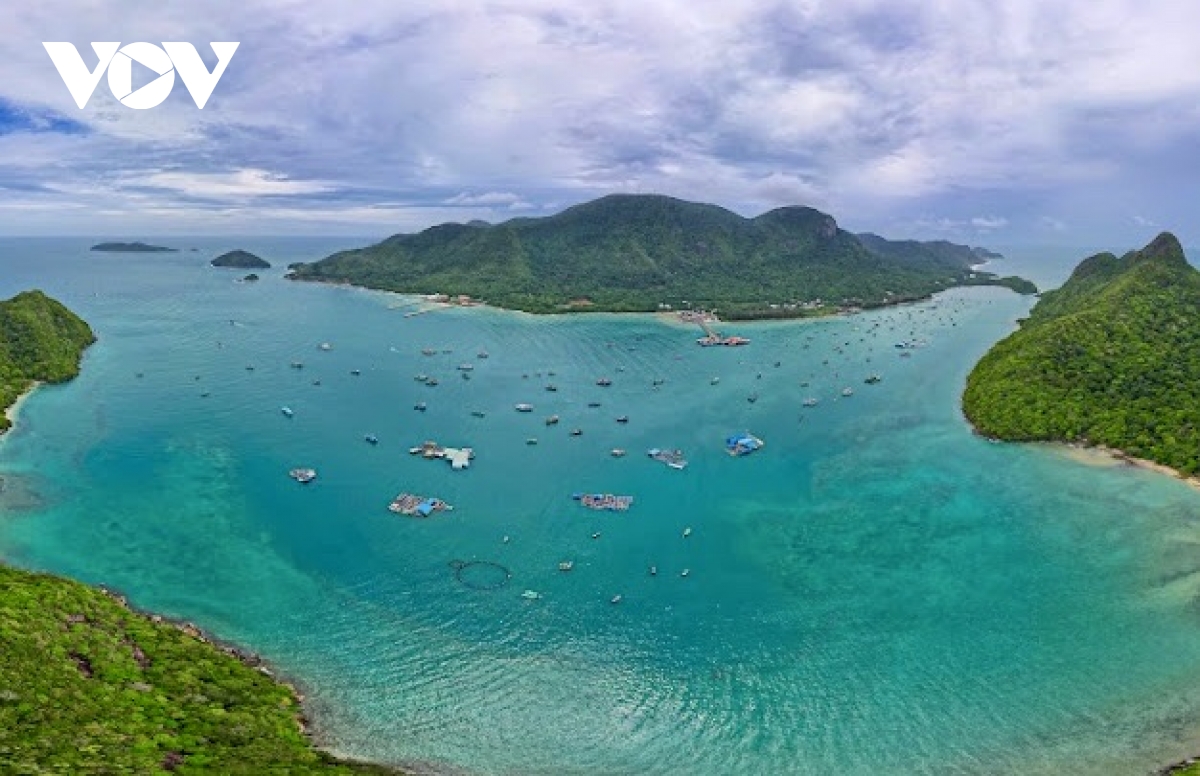
Hon Ba, also known as small Con Lon island, Phu Son island, has an area of about 576 hectares, separated from Con Lon island (Con Son island) to the Northeast by a small water gap about 20 meters wide called Dam throat or Death door. Between the two islands is a lagoon, also known as Tay Nam bay. This place is quite deep and sheltered from the wind, so it is very convenient for boats and ships to avoid and take shelter from storms.

Tourists to Con Dao can participate in coral diving on small islands.

Pitcher plants are special and rare plants, present in many humid areas with poor soil such as mangrove forests, sandy forests and swamps, including Dam Tre Bay area of Con Dao National Park.
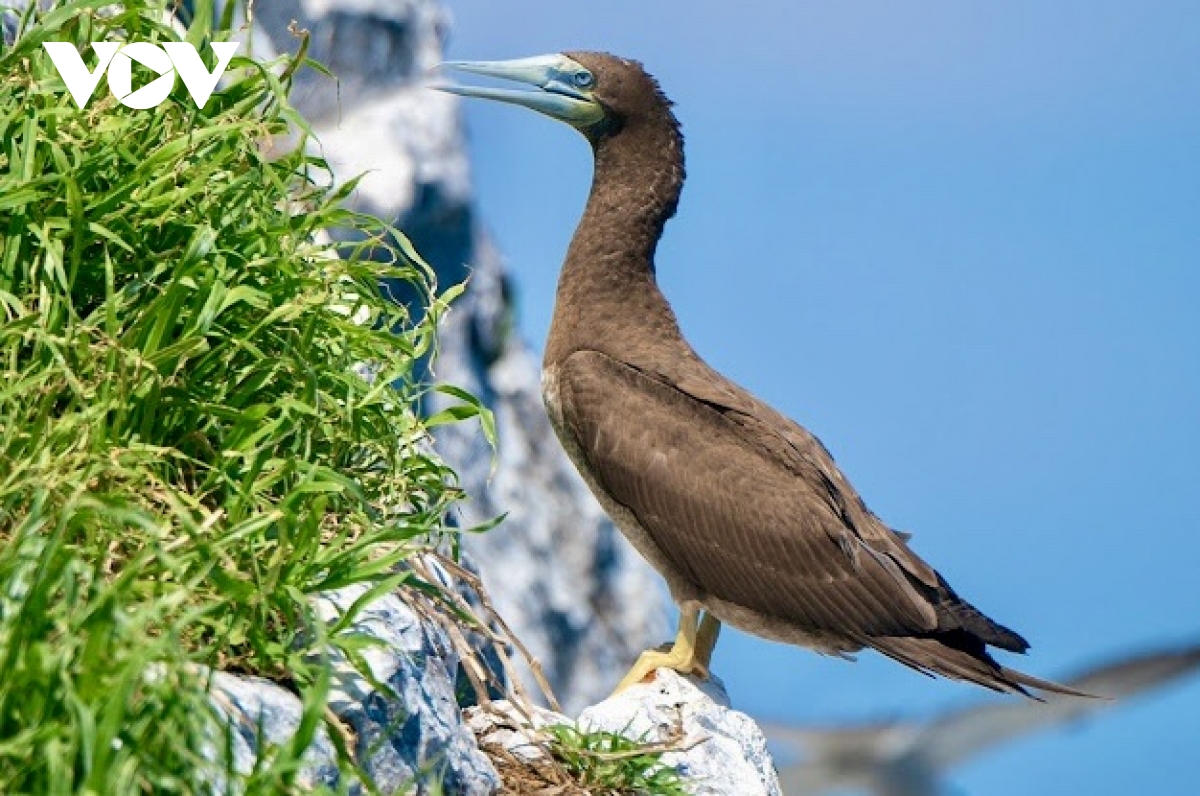
White-bellied booby nests at Hon Trung, also known as Hon Da Bac.
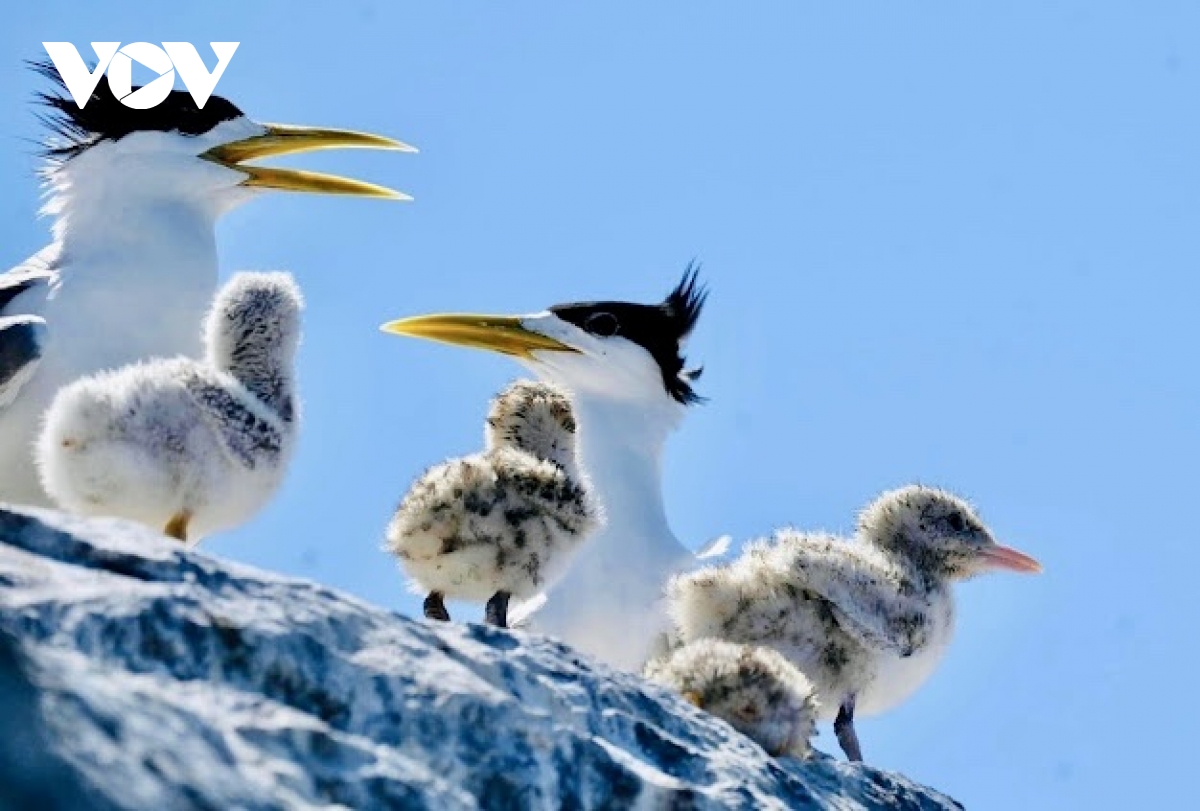
Crested tern - one of the 6 most numerous seabird species with about more than 3,000 individuals.
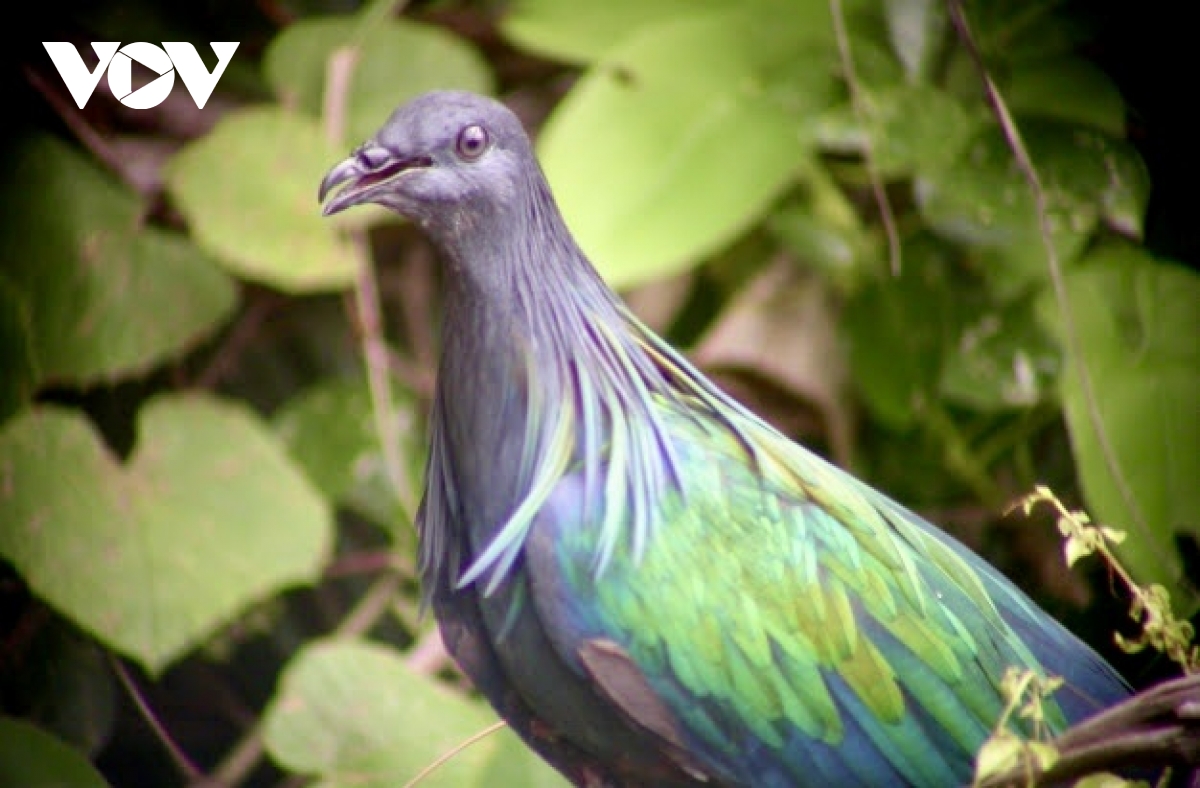
Nicobar Pigeons appear most often in Hon Tre, Con Dao National Park, and can be found on the Chua Mountain - Nha Ban Mountain route, Dam Tre Bay route.

Con Dao currently has 4 species of turtles: Green turtles, Hawksbill turtles, Loggerhead turtles, and Green turtles. However, only 2 species come to the beach to nest and lay eggs: Green turtles and Hawksbill turtles.
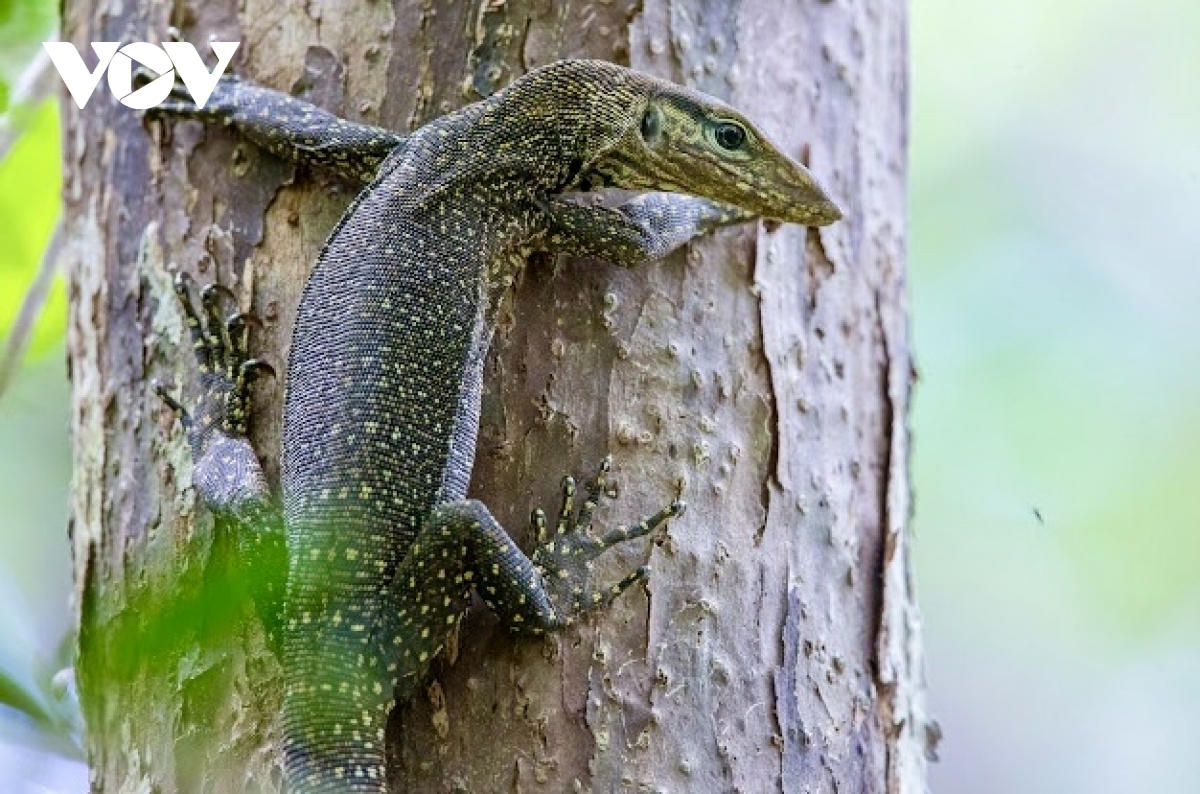
Clouded monitor lizards are found in Southeast Asian forests such as Thailand, Laos, and Cambodia. In Vietnam, they have been recorded in the Con Dao area.
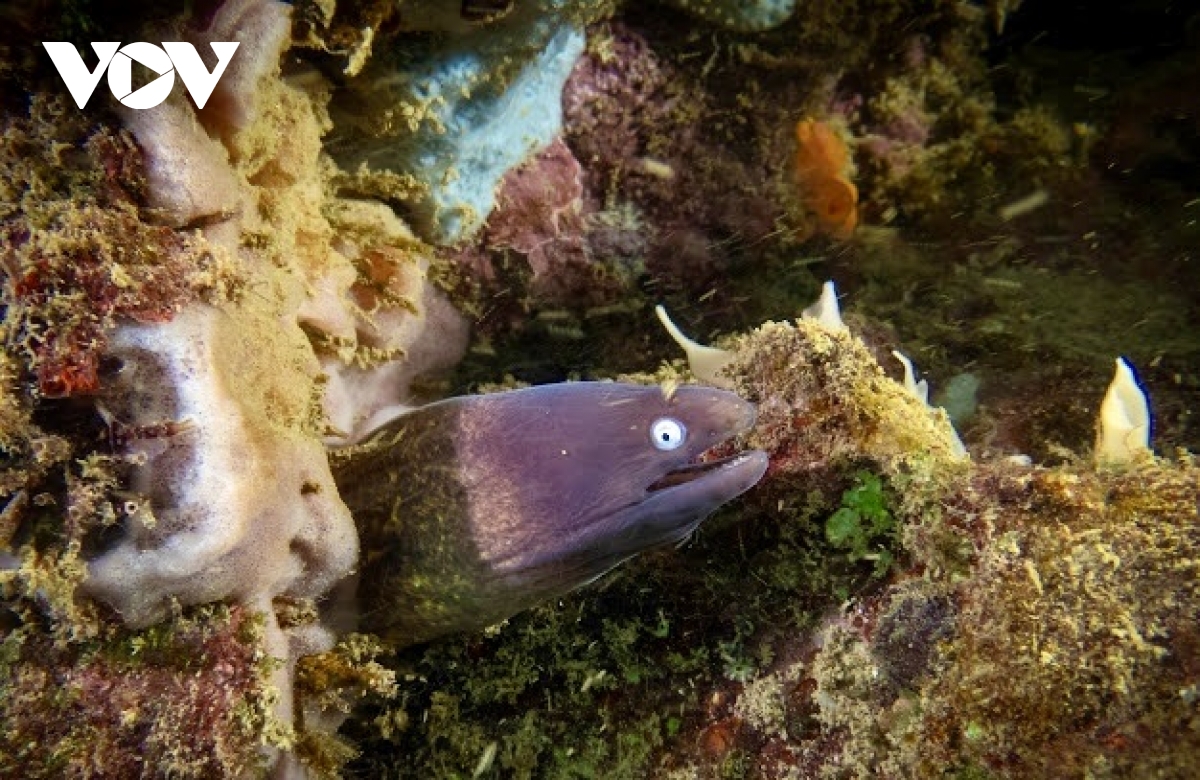
Over the past time, generations of staff and employees of the Park have made efforts to preserve and conserve biodiversity resources of forests, seas, and wetlands, which have been highly appreciated and recognized by prestigious domestic and international organizations with the following titles: an internationally important wetland in 2013 (Ramsar site), and a member of the network of marine turtle conservation areas in the Indian Ocean - Southeast Asia.
Correspondent Van Phai-Luu Son/VOV-HCMC
Source: https://vov.vn/xa-hoi/kham-pha-net-hoang-so-he-sinh-thai-rung-bien-o-con-dao-post1198221.vov












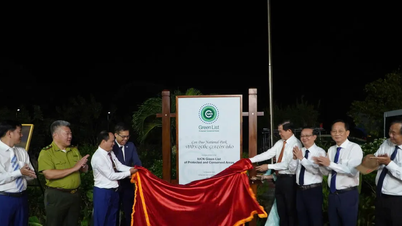

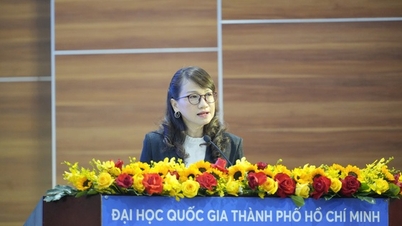
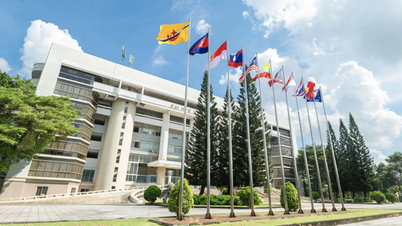


![[Photo] National Assembly Chairman Tran Thanh Man receives First Vice Chairman of the Federation Council of the Federal Assembly of the Russian Federation](https://vphoto.vietnam.vn/thumb/402x226/vietnam/resource/IMAGE/2025/12/02/1764648408509_ndo_br_bnd-8452-jpg.webp)

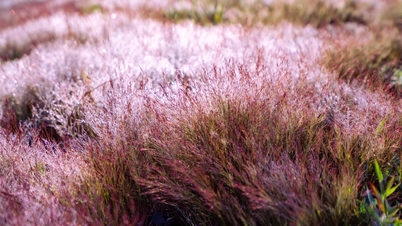




![[Photo] Prime Minister Pham Minh Chinh receives President of Cuba's Latin American News Agency](https://vphoto.vietnam.vn/thumb/402x226/vietnam/resource/IMAGE/2025/12/01/1764569497815_dsc-2890-jpg.webp)








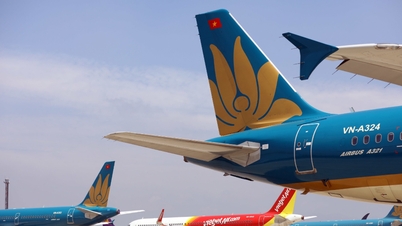
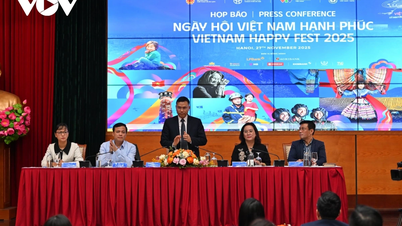


![[Photo] Parade to celebrate the 50th anniversary of Laos' National Day](/_next/image?url=https%3A%2F%2Fvphoto.vietnam.vn%2Fthumb%2F1200x675%2Fvietnam%2Fresource%2FIMAGE%2F2025%2F12%2F02%2F1764691918289_ndo_br_0-jpg.webp&w=3840&q=75)
![[Photo] Worshiping the Tuyet Son statue - a nearly 400-year-old treasure at Keo Pagoda](/_next/image?url=https%3A%2F%2Fvphoto.vietnam.vn%2Fthumb%2F1200x675%2Fvietnam%2Fresource%2FIMAGE%2F2025%2F12%2F02%2F1764679323086_ndo_br_tempimageomw0hi-4884-jpg.webp&w=3840&q=75)
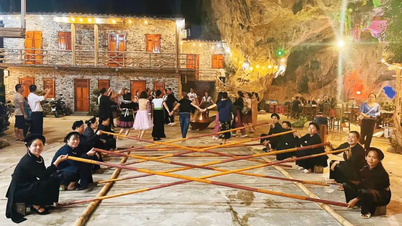

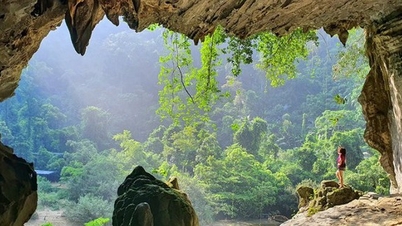

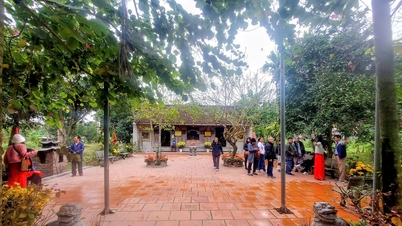

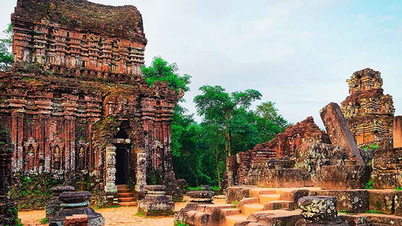


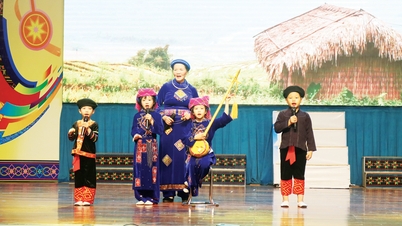





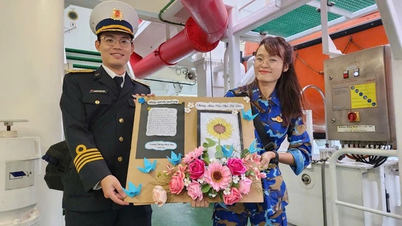


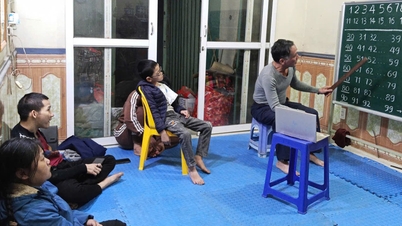

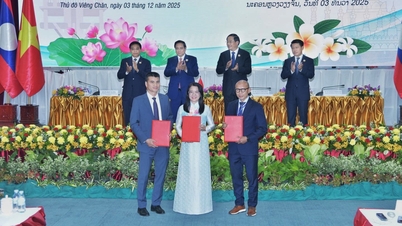




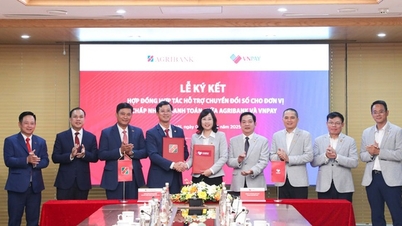











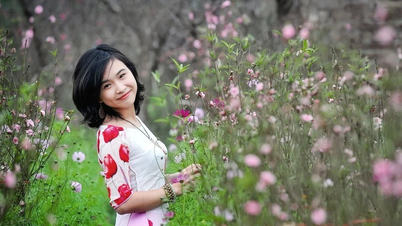










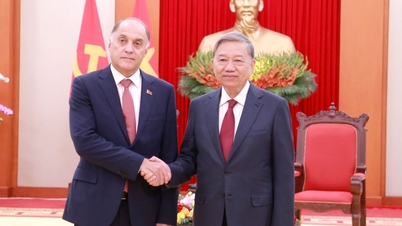


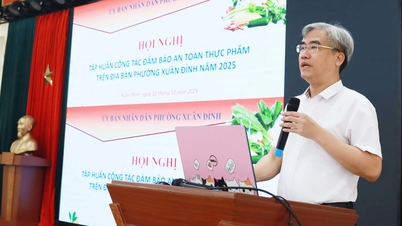
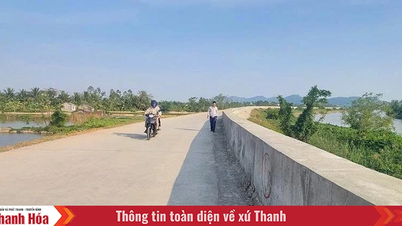


















Comment (0)